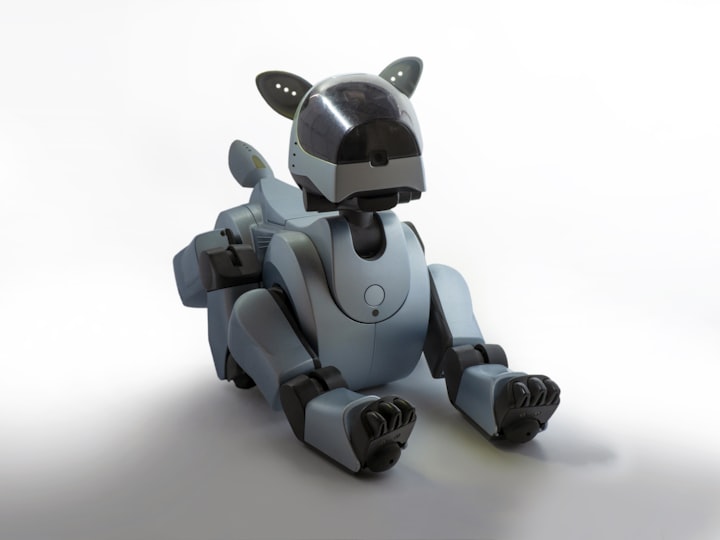3D-Printed Rocket Engines Fuels The Ambition Of Space Exploration
How 3d printing is fueling the future of space exploration by offering cutting-edge services

3d printing is becoming a future-forward and cutting edge technology for the space exploration industry. As more private players are stretching their limits into this complex yet ambitious domain, additive manufacturing is growing substantially.
Organizations are leveraging 3d printers to slash long haul traditional processes and bring more value to the R&D department. The next big thing is the 3d-printed rocket engines, and additional parts made with additive manufacturing.
Why is the space industry opting for 3d printing?
As the world is progressing towards colonization and better satellite information gathering, organizations are in the 'race' of launching their missions faster. The traditional rocket engine manufacturing process is iterative and expensive. And it does not fit completely for testing purposes of space experiments.
On the other hand, space institutes are utilizing modern technology like metal 3d printers to produce parts in less time. Complex space equipment like combustion chambers, nozzles and other throttle parts are easy to build with this tech. Along with these, manufacturing cooling chambers with the traditional process requires 8-10 months and 3d-printed parts are optimized solutions.
3d-printed Rocket Engines: The future is here
In the pursuit of mars colonization, aeronautical agencies are including 3d printing rocket parts in their action plan. Companies are undergoing a new set of practices where they will manufacture 3d-printed parts to fuel the space exploration project.
Using metal powder and 3d printing lasers, engineers can produce complicated and costly rocket parts with fewer efforts. Organizations are leveraging advanced rapid prototyping services and metal 3d printing processes to cut down cost.
Engineers are producing rocket parts by injecting the custom metal powder over a heated surface of molten metal. The laser optics mechanism is integrated with the nozzle, and robots operate the complete system. This print head is capable of producing difficult parts in a layer-by-layer method.
Online 3d printing of rocket components
Nowadays, companies are leveraging technologies like Selective Laser Melting (SLM) to craft valves, pumps, nozzles and more for rockets. SLM is capable of printing thin layers of around 20 microns which is not possible with the traditional approach.
Along with SLM, 3d printing companies in India and other nations are leveraging Direct Energy Deposition to produce bulky components. DED-based 3d printers operate on melting metal material along with a laser for higher precision.
The SLM and DED methods are more economical than traditional ones, and more customization is possible at the prototyping phase.
Lightweight approach for the future
Spacecraft agencies were earlier struggling with the challenge of weight optimization for their upcoming exploration missions. But, with additive manufacturing, engineers can use lightweight carbon-based and other light materials to cut down the excessive load.
Earlier, there were methods available for weight optimization, but 3d printing has brought higher enablement for those practices. Companies are now able to iterate their prototypes quickly and draft fresh designs rapidly.
Future benefits of additive manufacturing for the space industry
Design flexibility is a crucial factor when it comes to experimenting, and 3d printing fits perfectly for this job.
Agencies can perform experiments on a scale as it's more affordable and requires less time for delivering the final product.
With 3d printers, space vehicle manufacturers can focus on a modular approach towards building large and complicated parts.
The support of custom material in the additive manufacturing process brings more opportunity for higher optimization and performance enhancement.
The space exploration industry is on the verge of establishing new possibilities for future space projects. However, additive manufacturing is currently growing at a gradual pace, but companies will soon start mass utilization. Many companies are already offering their advanced 3d print service online consultations for carrying out such futuristic projects. We will get to explore more applications from this technology as companies move towards more sophisticated industrial revolution.






Comments
There are no comments for this story
Be the first to respond and start the conversation.